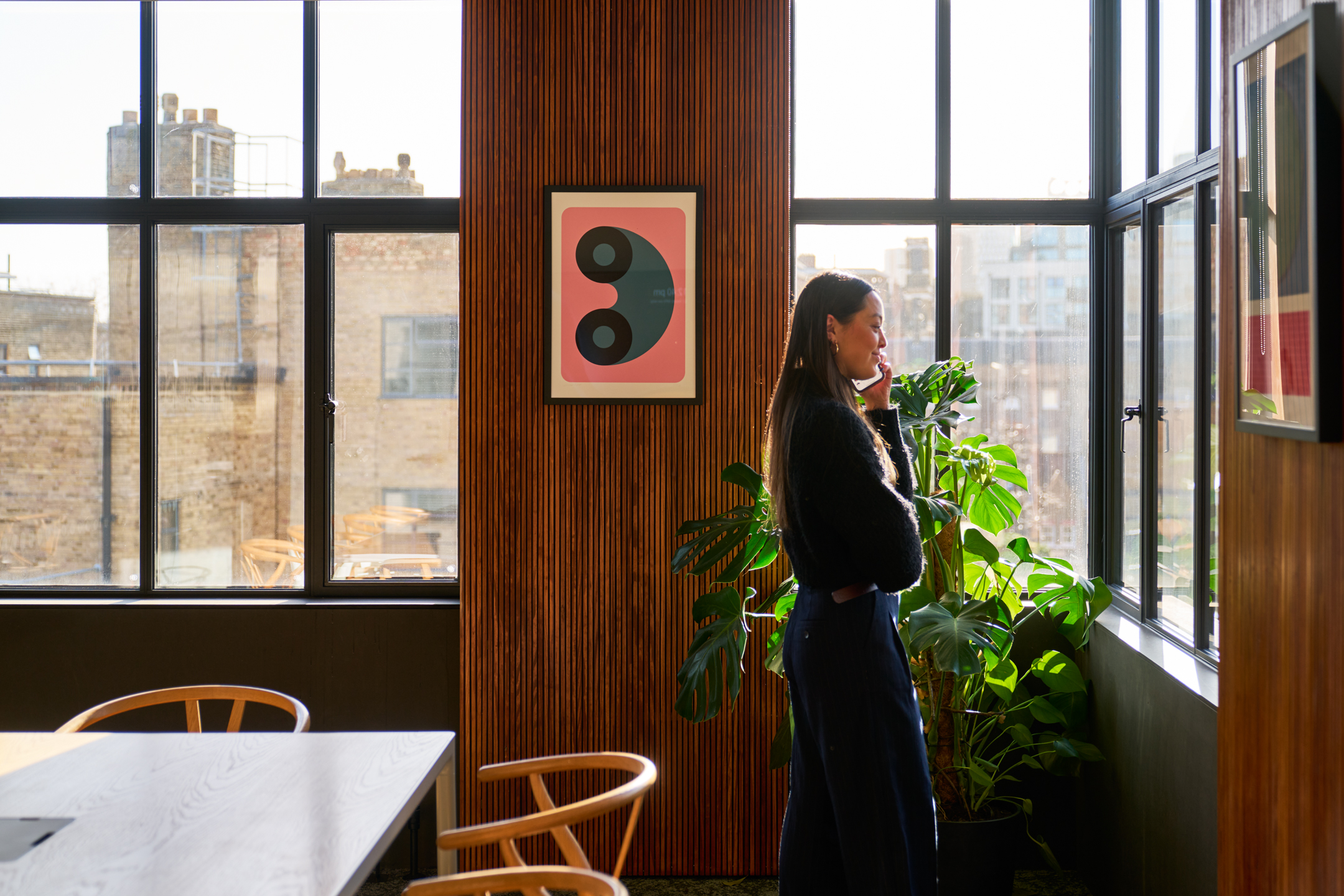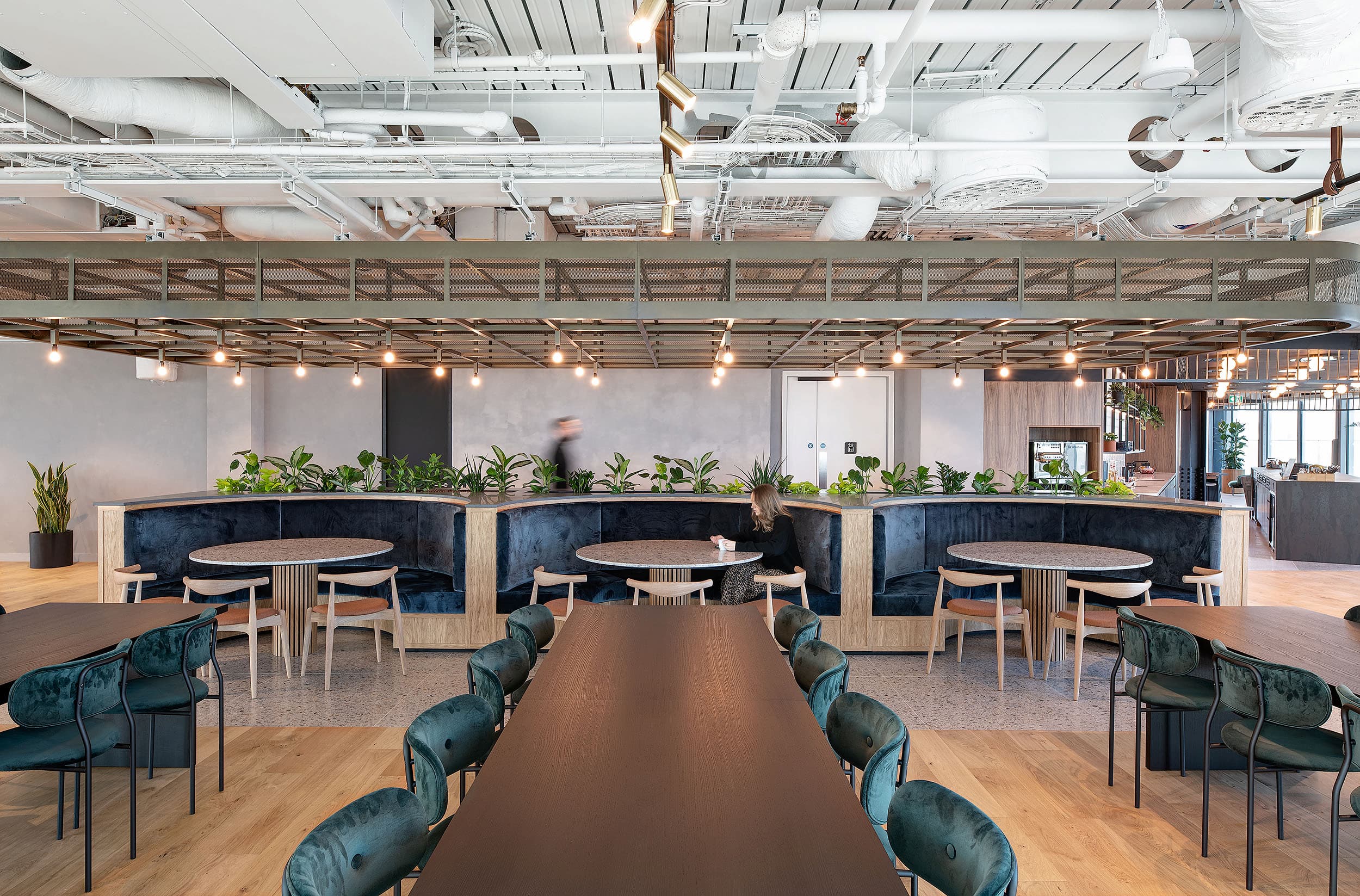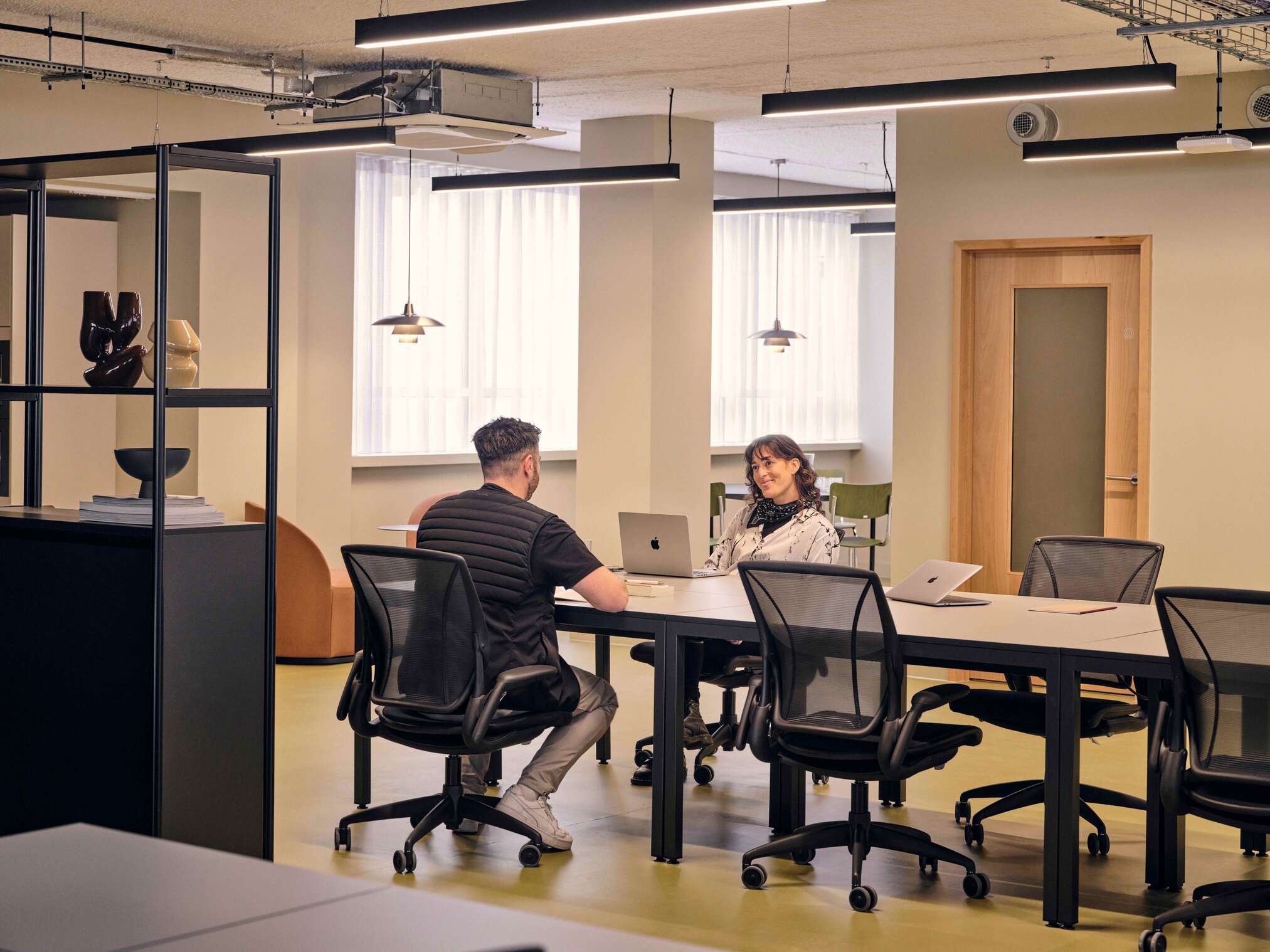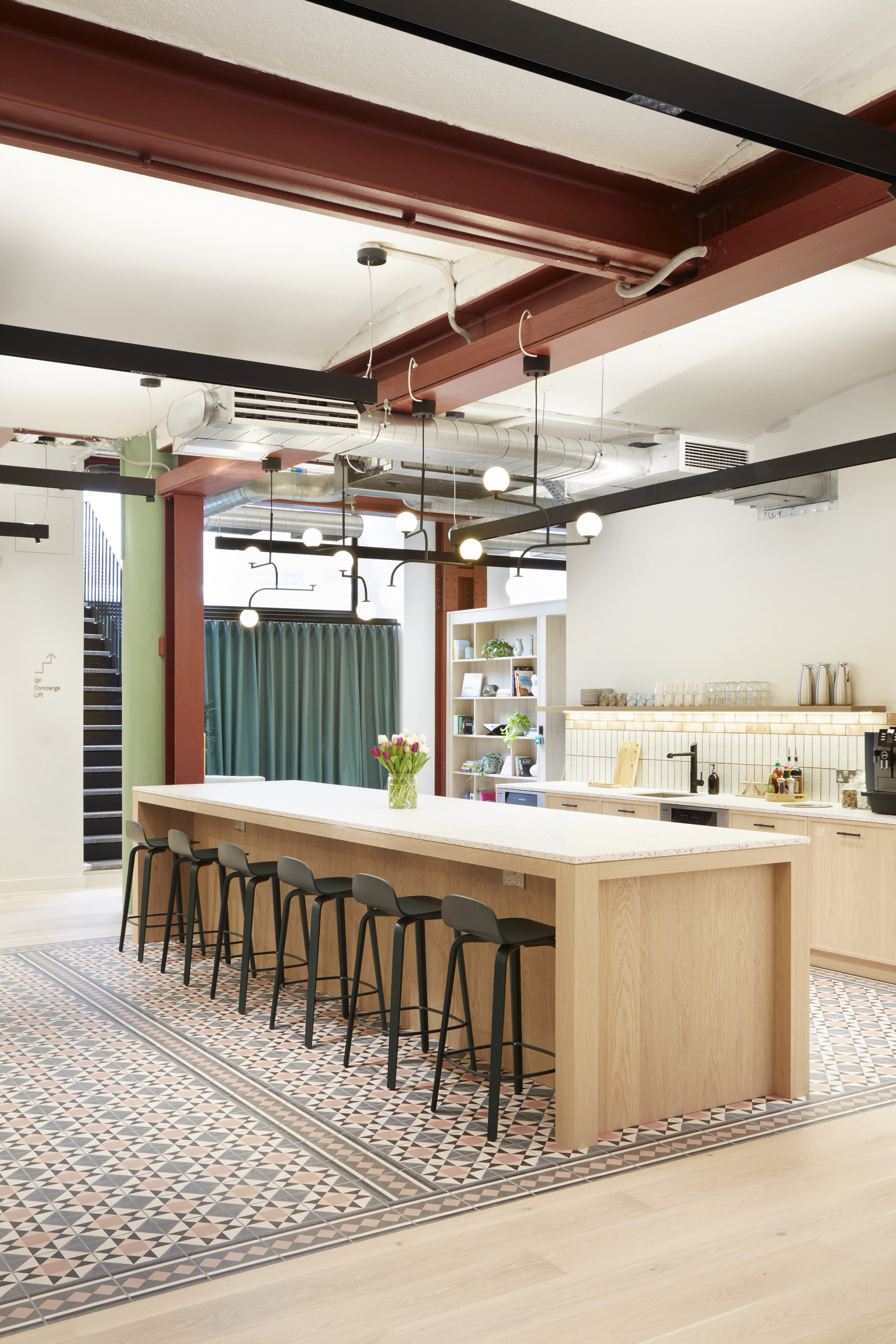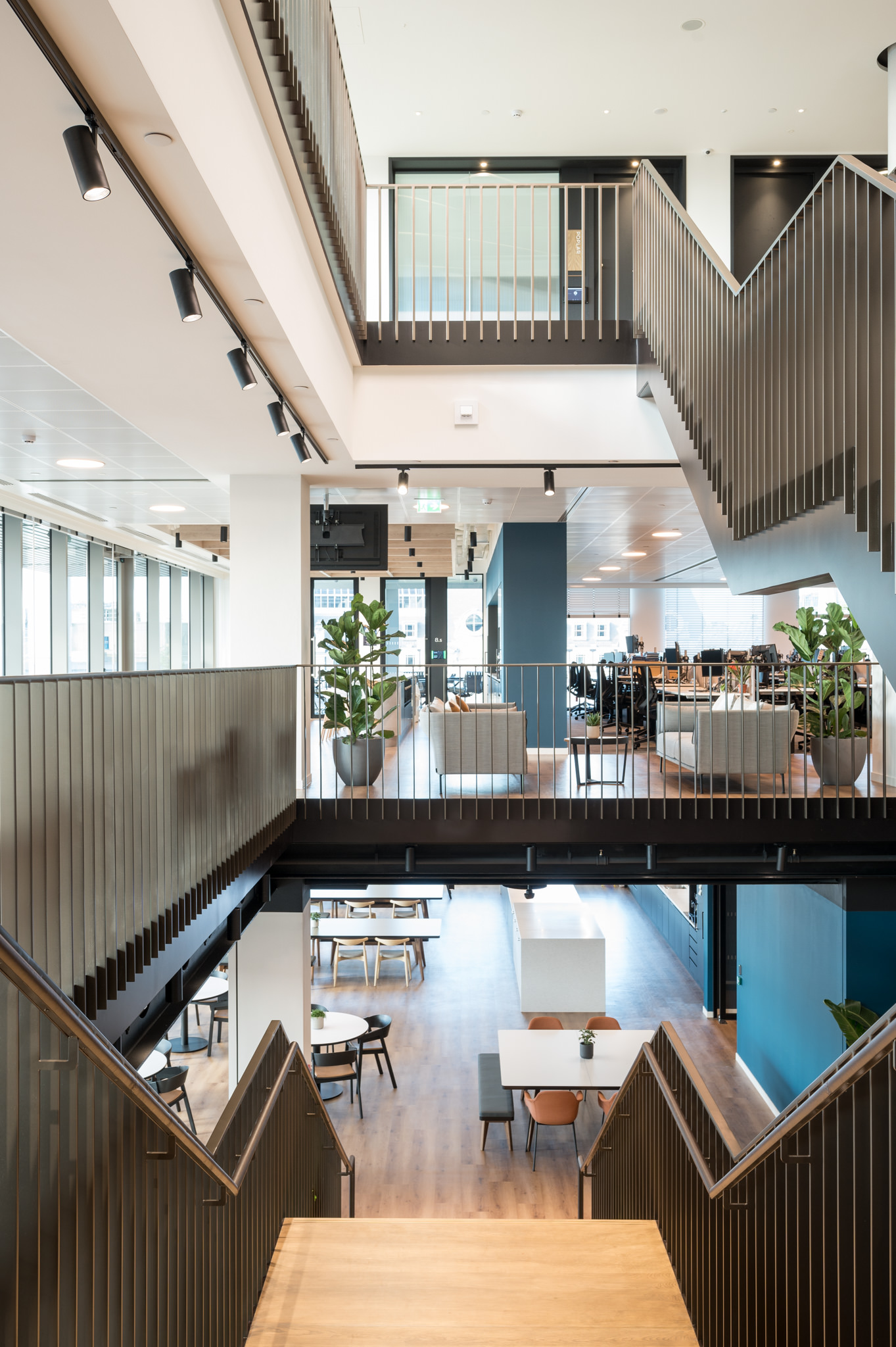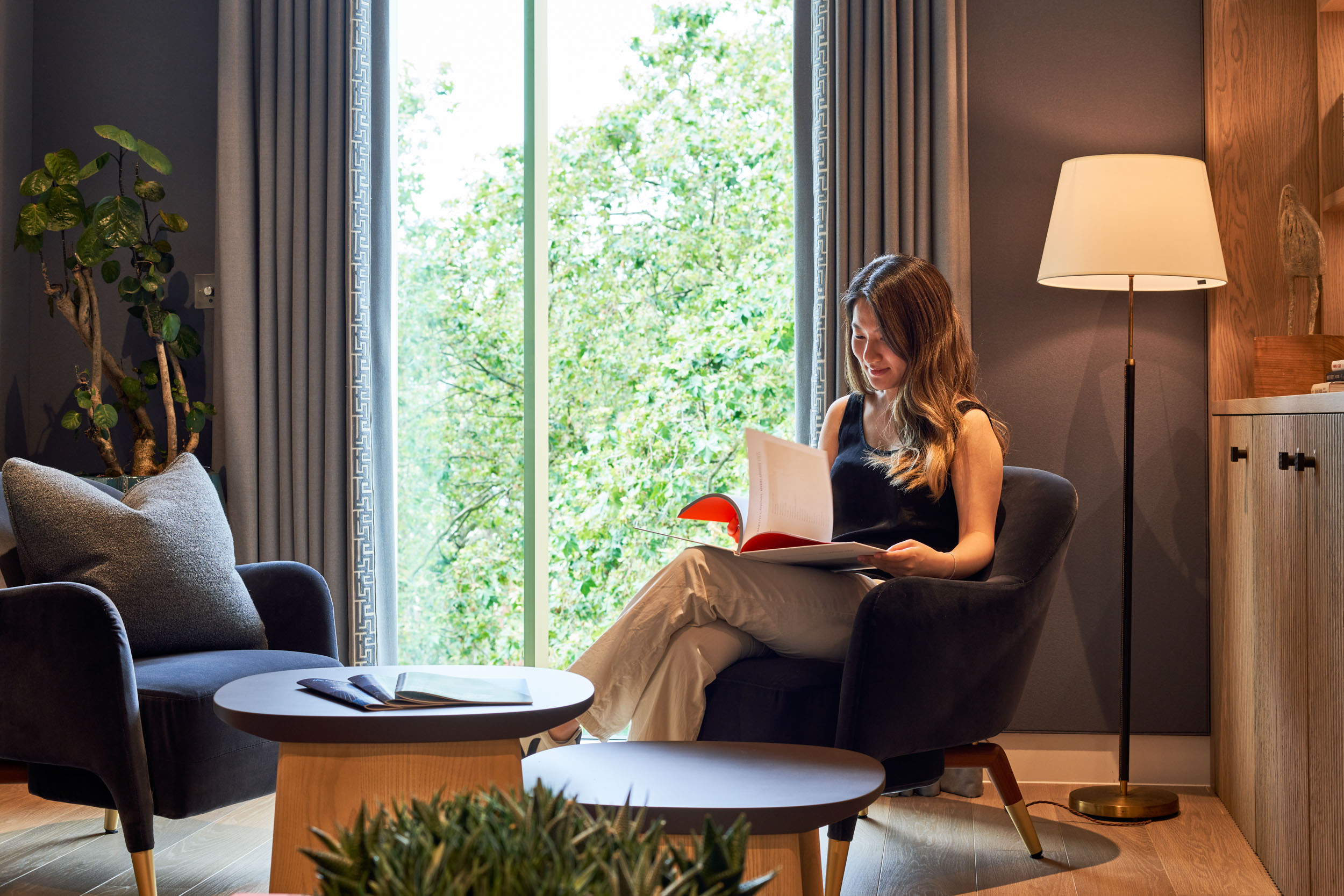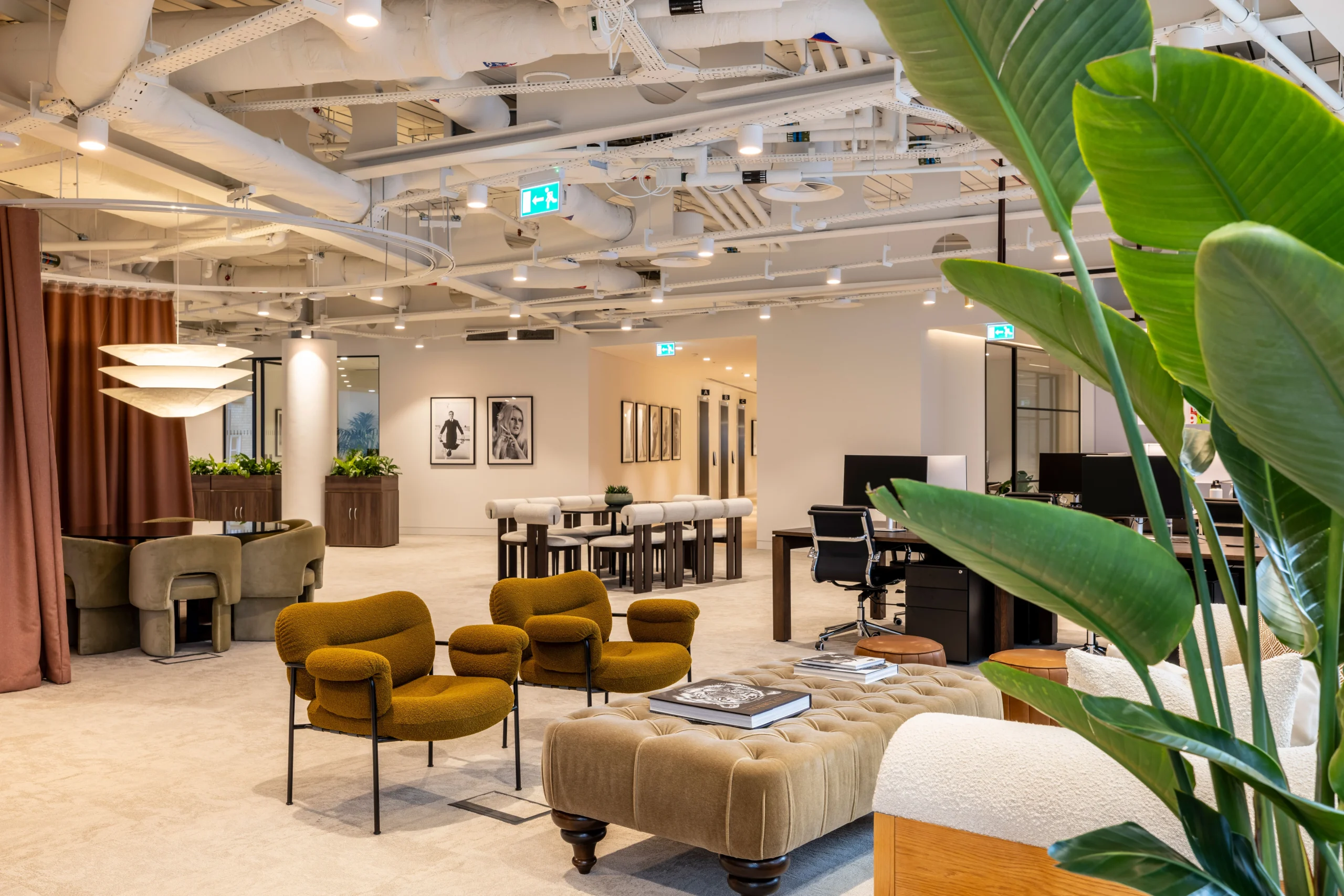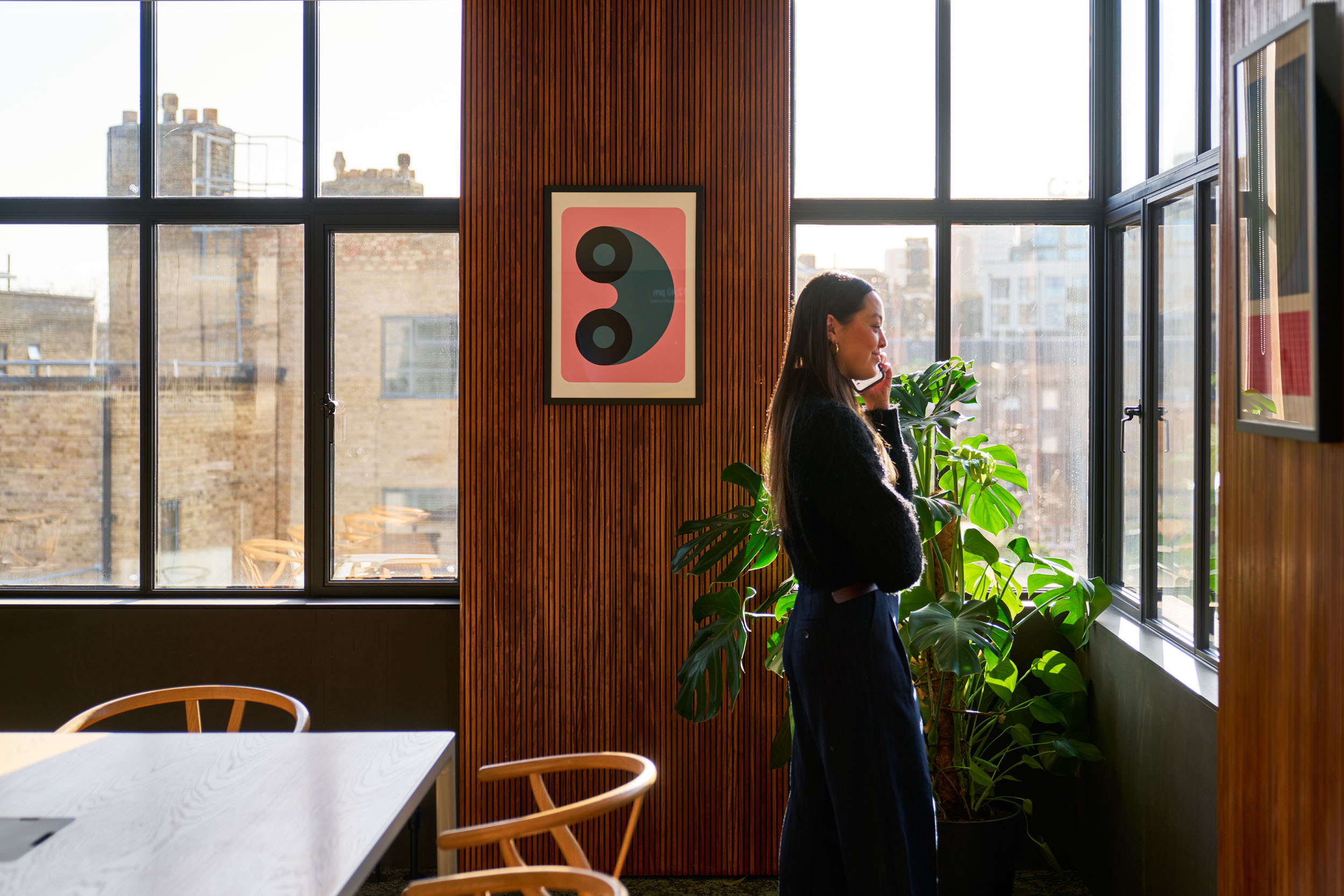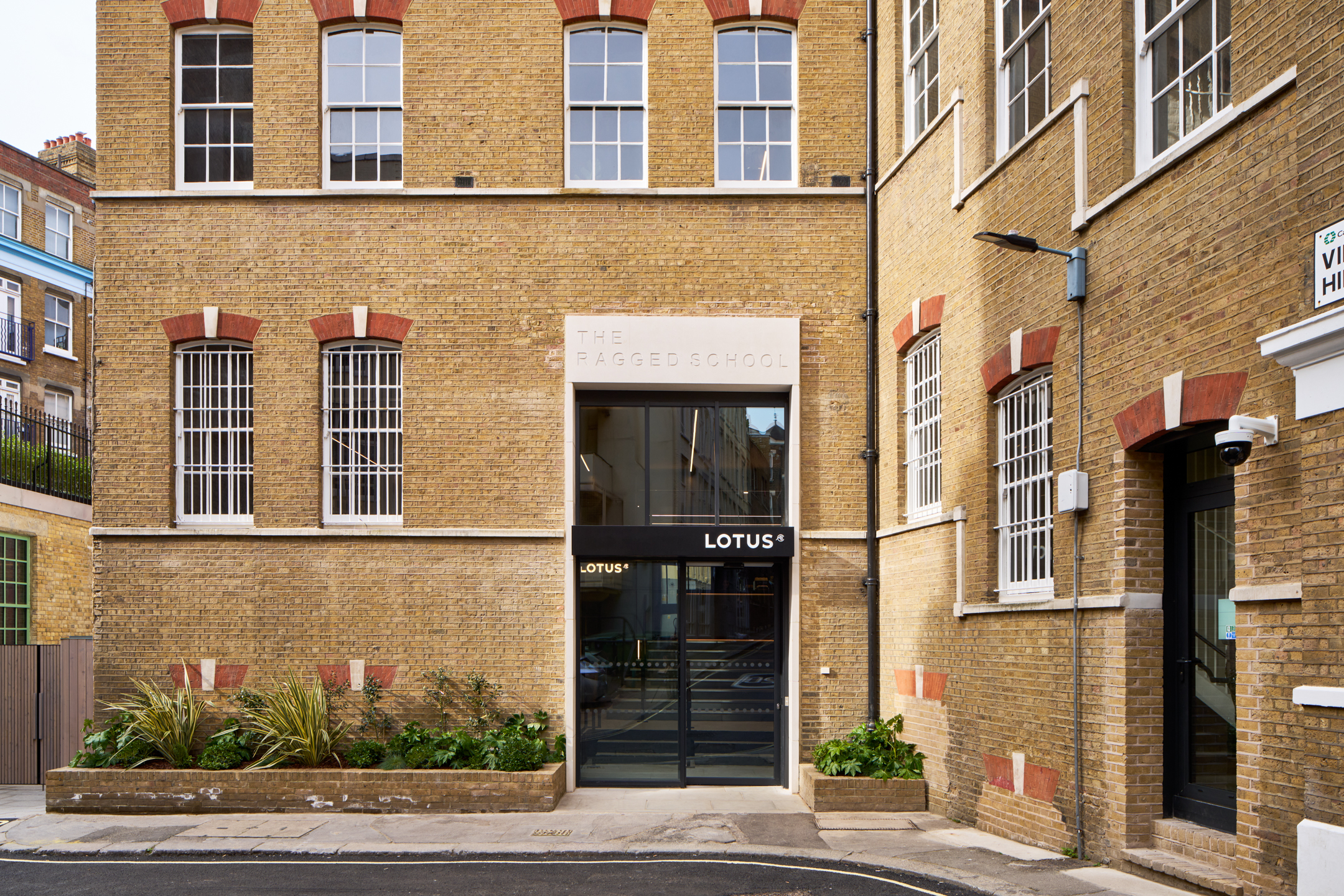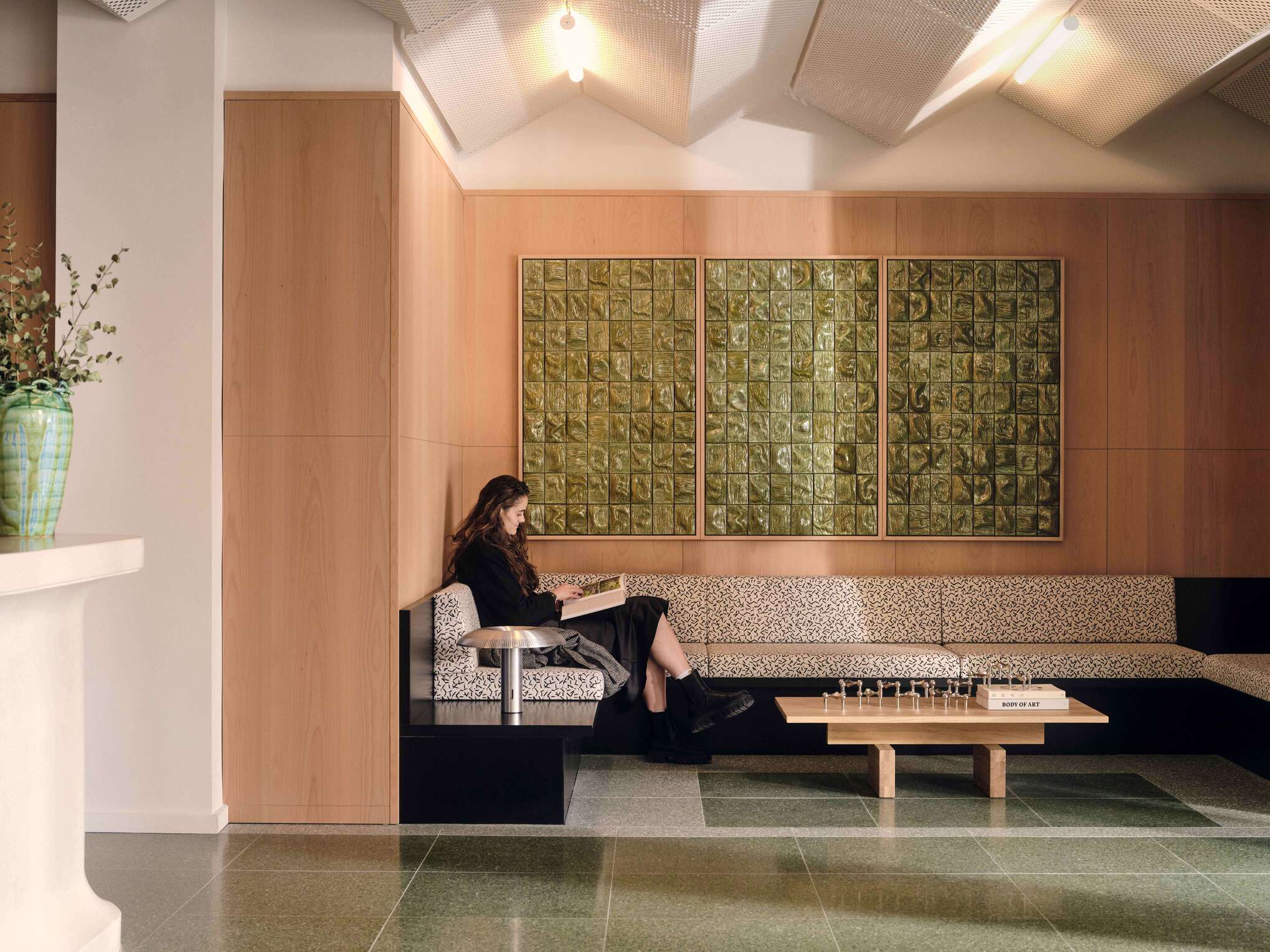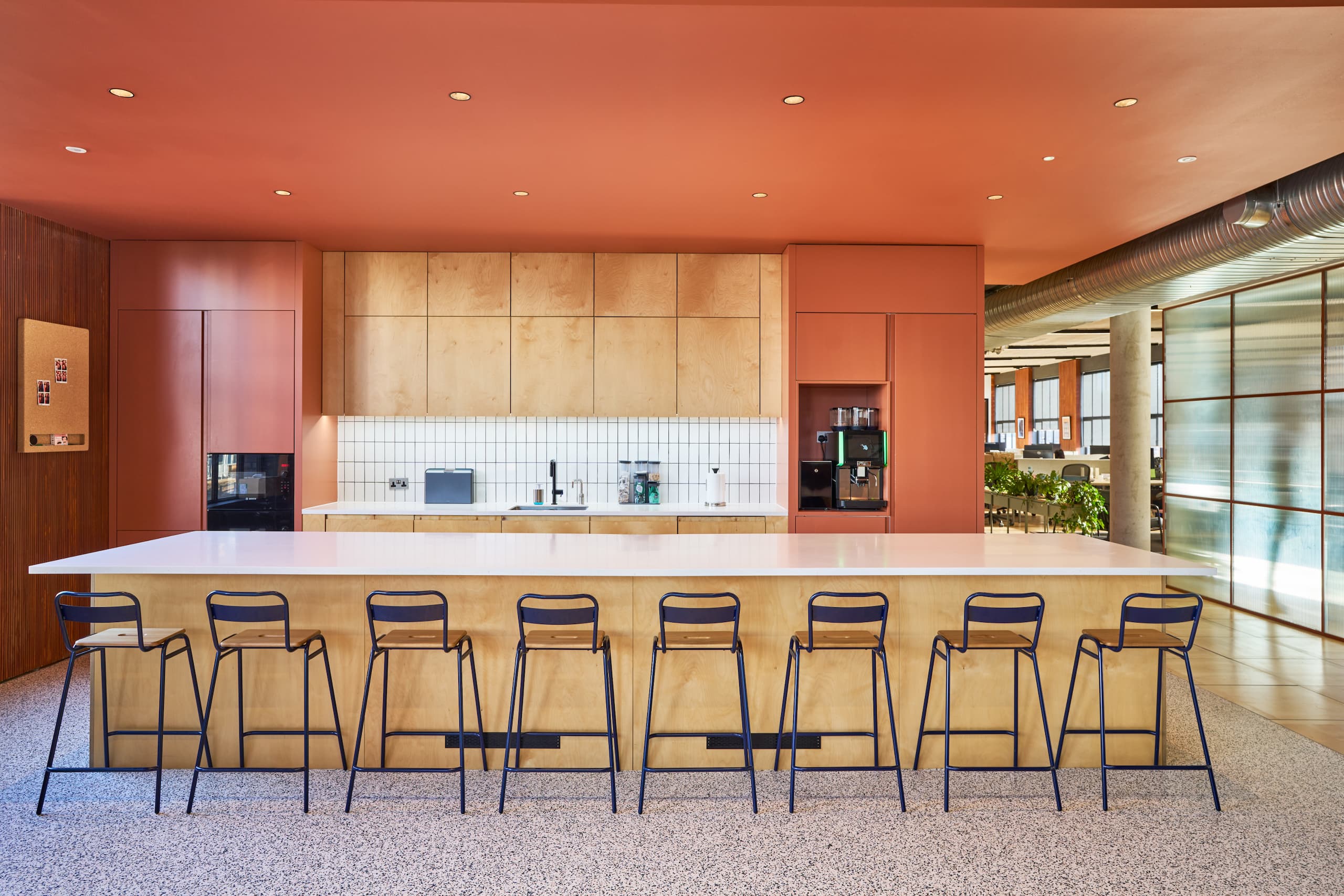5 Must-Have Zones for Workplace Productivity
Offices have transformed significantly in the last decade, as have employees’ demands. So, what are the essential workplace zones that drive workplace productivity?
The rise of trendsetting technology giants such as Apple, Facebook, Amazon and Google has reshaped the modern office, shifting towards spaces that inspire creativity, encourage collaboration, and provide employees with the tools to innovate.
The widespread adoption of smartphones, laptops, and other connected devices has further accelerated the departure from traditional office layouts. Businesses now embrace office zoning strategies to support different working styles, ensuring employees have the right environment to work effectively.
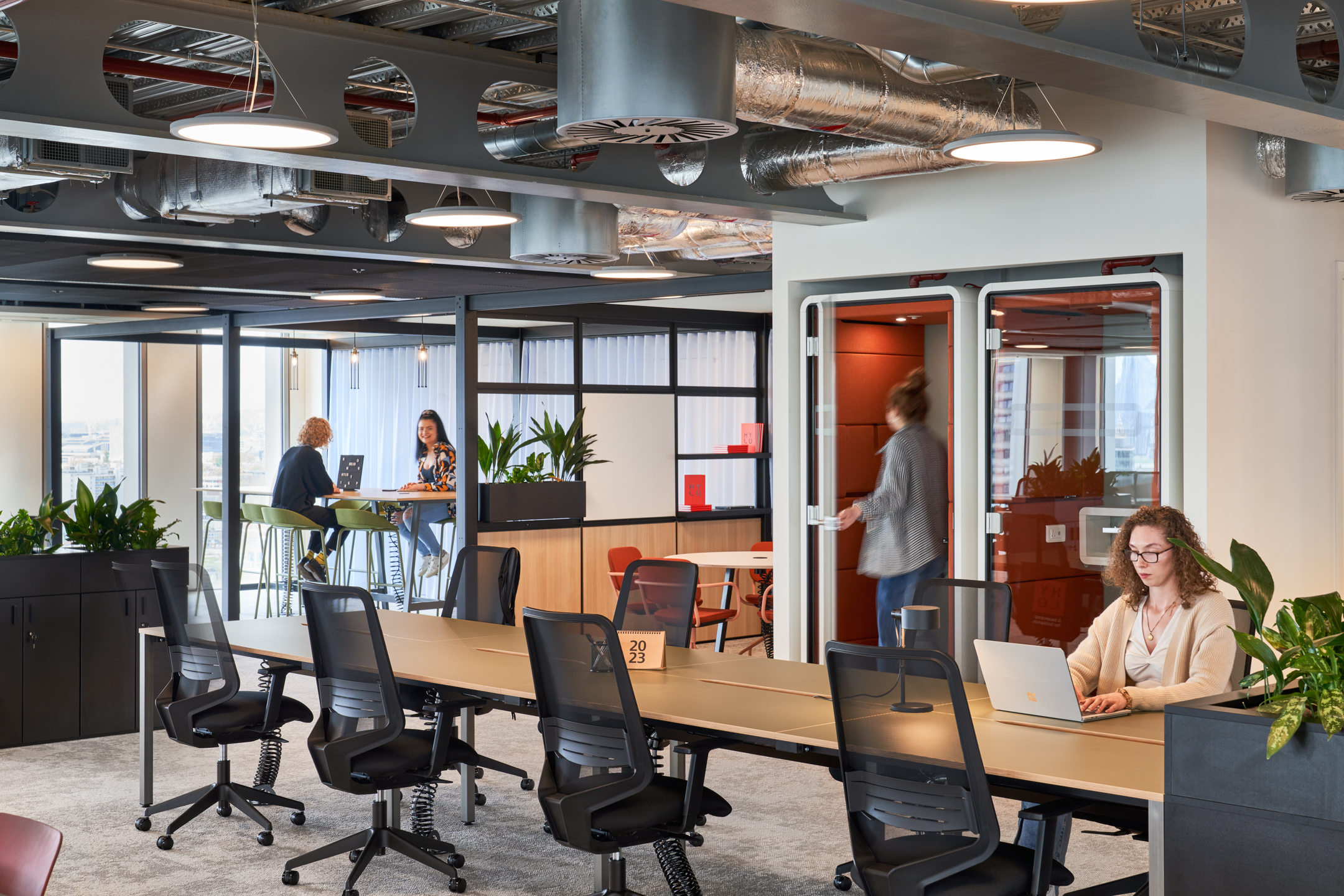
Why Workplace Zoning Matters
Traditional offices were limited to desks, kitchens, and meeting rooms. Today, companies are introducing dedicated workplace zones to boost productivity and balance focus, collaboration, socialisation, and wellbeing.
According to Zoe Humphries, Senior Workplace Consultant at Steelcase, these zones should “support the five work modes: focus, collaborate, learn, socialise and rejuvenate. Below are five must-have workplace zones for productivity, designed to enhance workplace productivity and create a thriving business culture.
Social Zone
Taking inspiration from tech industry leaders, integrating a social space is key to designing a productive workspace. Eating and drinking together strengthens workplace relationships and encourages spontaneous collaboration and creative thinking.
A well-designed dining area, for instance, creates an environment where employees can engage in meaningful discussions. Margie Dimech, Employee Engagement Consultant at Radley Yeldar, explains, “From putting the milk at the furthest point away from the supermarket checkout to exiting via the gift shop, our physical environment is often designed to influence behaviour. The same applies to office design. If you want to break down silos, provide a shared casual space, like a refectory, to increase incidental social interaction.”
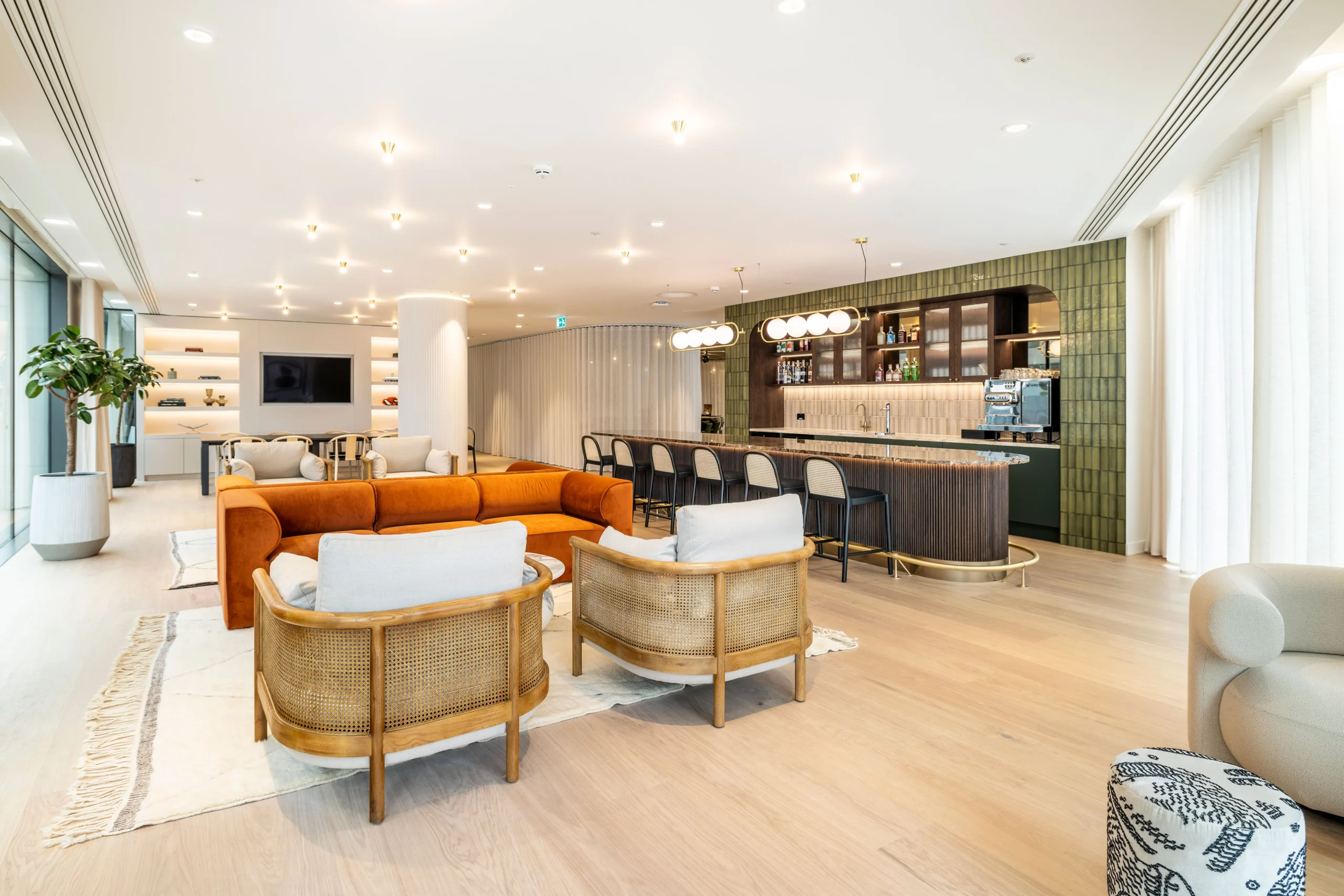
Meetings zone
With the rise of hybrid and flexible working, traditional meeting rooms no longer meet modern needs. Businesses now prioritise smaller, informal spaces that facilitate quick, effective discussions.
The demand for “huddle rooms” is growing, catering to dynamic workplaces where teams need to collaborate at a moment’s notice. Proper soundproofing is essential to ensure that these spaces remain private and productive.
Eugen Miropolski, Managing Director of Europe and the Pacific at WeWork, highlights the importance of adaptable meeting spaces, “Whether it’s due to the nature of a client account or to hold a sensitive conversation at work, ensuring the office has a private zone is crucial.”
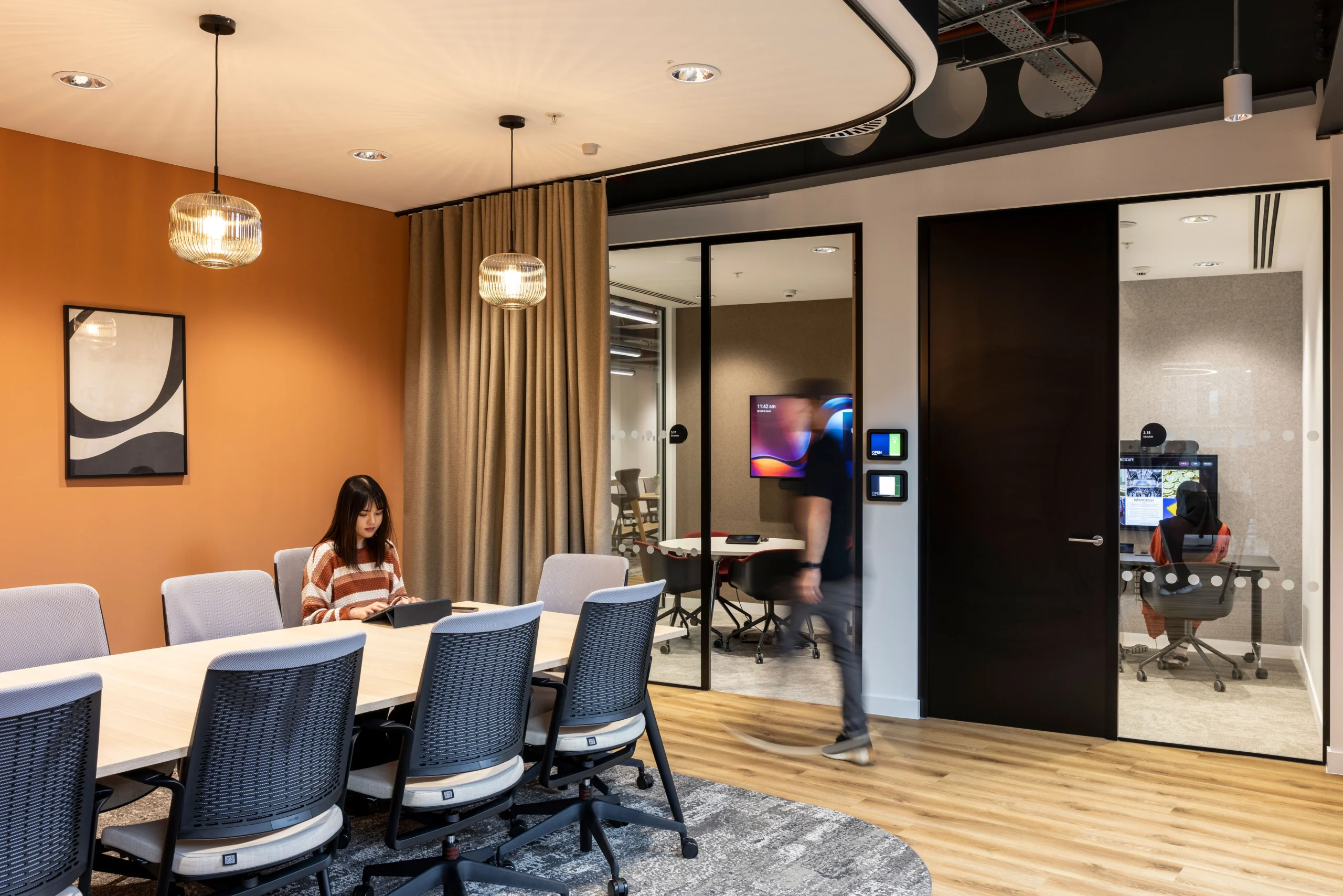
Collaboration zone
No business can afford to stand still, especially in a fast-changing market. Providing dedicated spaces for teamwork is an essential part of office zoning strategies. Teamwork is a huge element of a successful business, so why not have a collaboration zone to encourage cross-pollination and brainstorming?
Many businesses are embracing a mobile-first work environment, where employees bring their own devices and work in flexible spaces. Consider the boardrooms of the tech giants, and you will notice a distinct lack of tech, certainly when it comes to computers and even tables. At Google London, for instance, the boardroom looks more like the inside of a Bedouin tent. There is an expectation that meeting attendees will adhere to a “bring-your-own” device attitude, and by sitting softly in these boardrooms and not around a rigid table, a relaxed atmosphere is generated that’s more conducive to progress, agreement and finding solutions.
Play zone
Some might view office games as distractions, but research suggests that introducing playful elements can improve workplace productivity. Play zones, such as table tennis or darts, encourage healthy competition, boost morale, and encourage social interaction, all of which contribute to a more engaged workforce.
Pierre David, HR Leader at Decathlon UK, explains, “Play zones – or ‘sport zones’ as we call them – are vital for employee wellbeing and contribute to a positive office atmosphere.”
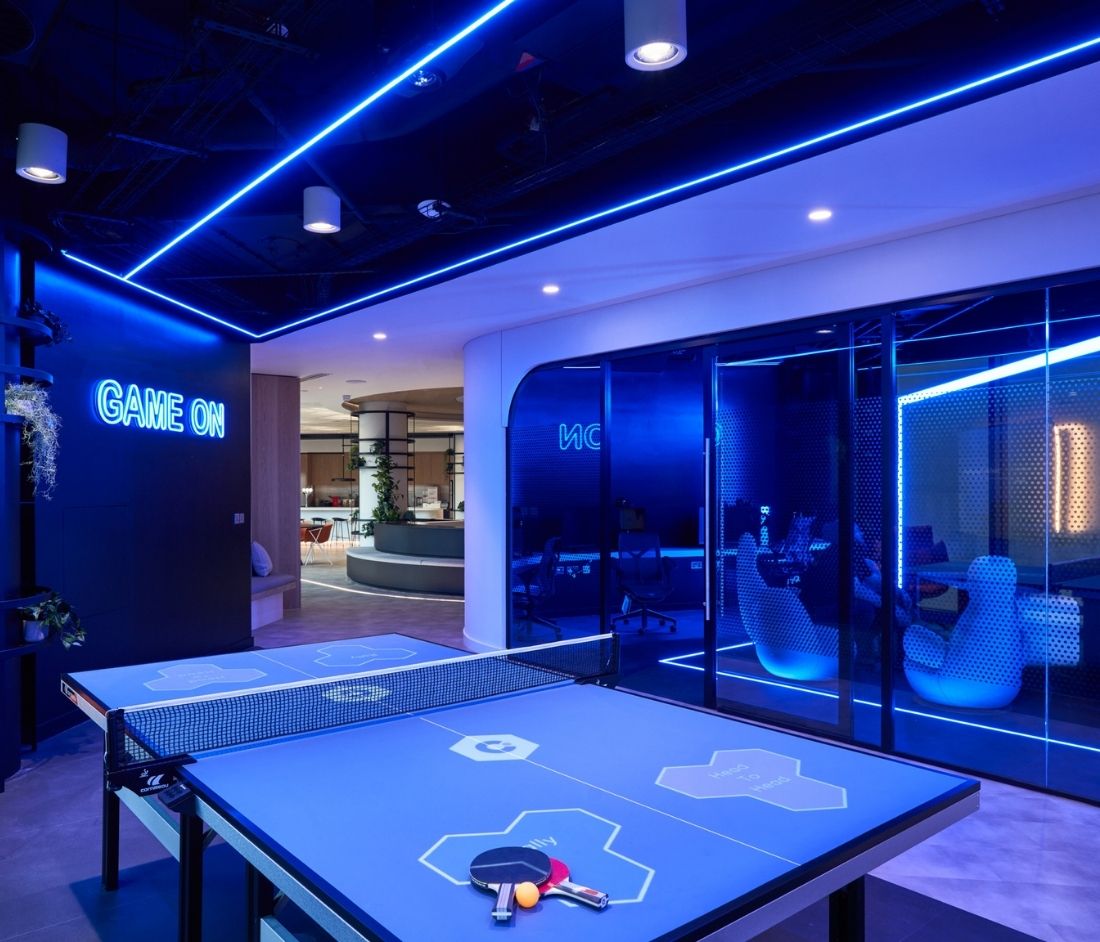
Wellbeing zone
Employee wellbeing is no longer an afterthought, it’s a key driver of designing a productive workspace. A well-placed wellbeing zone can support relaxation, mindfulness, and physical activity, all of which have been linked to higher workplace productivity.
Andy Baxter, Managing Director at Internet Gardener, highlights the role of biophilic design in boosting performance “Studies show that adding greenery to the office can increase productivity by 15% while enhancing overall wellbeing.”
A wellbeing zone can be used for meditation, yoga, and so on. And it can extend to the stairwells, Margie Dimech from Radley Yeldar suggests. “If your health and wellbeing strategy is a priority,” she says, “increase footfall by making the stairs more enticing and accessible.”
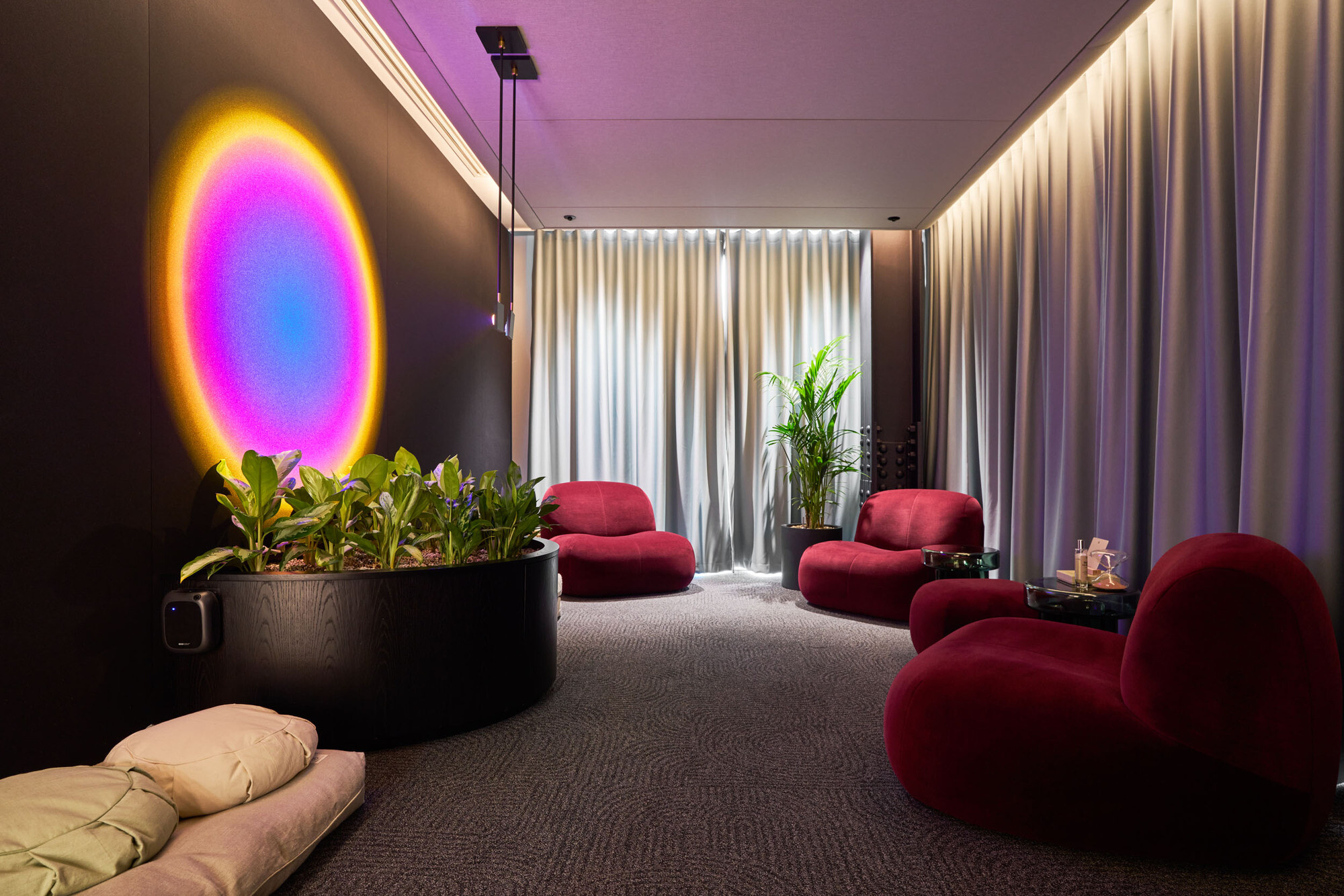
Joe Gaunt, Founder and CEO of Hero, adds, “People are the most valuable asset in any organisation. Investing in health and wellbeing strategies benefits employees and improves creativity, engagement, and productivity.”
Implementing office zoning strategies can create workplace zones for productivity that support different working styles and enhance overall efficiency. From social hubs to focus-driven spaces, these zones are essential for designing a productive workspace that meets the demands of the modern workforce.
